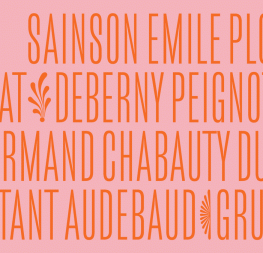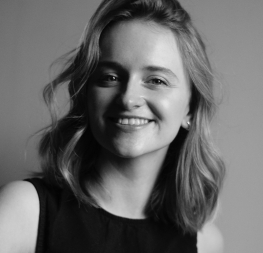Interview with Patrycja Walczak
September 2023
Patrycja Walczak is the winner of the ninth Gerard Unger Scholarship awarded in 2023 by TypeTogether to talented type designers. Her experimental font Poltik, inspired by the retro aesthetics of Polish product design, succeeded among this year’s record number of entries. We spoke to Patrycja about the boundaries of readability, calligraphy in her DNA, and the alarm clock found in her grandfather’s drawer.













